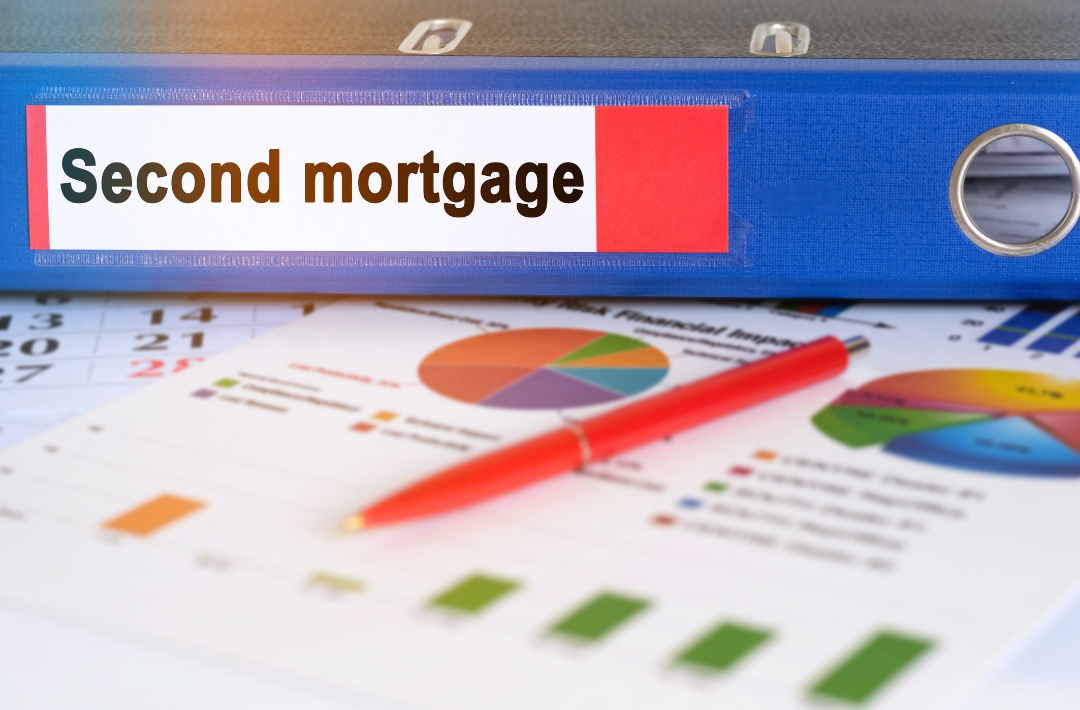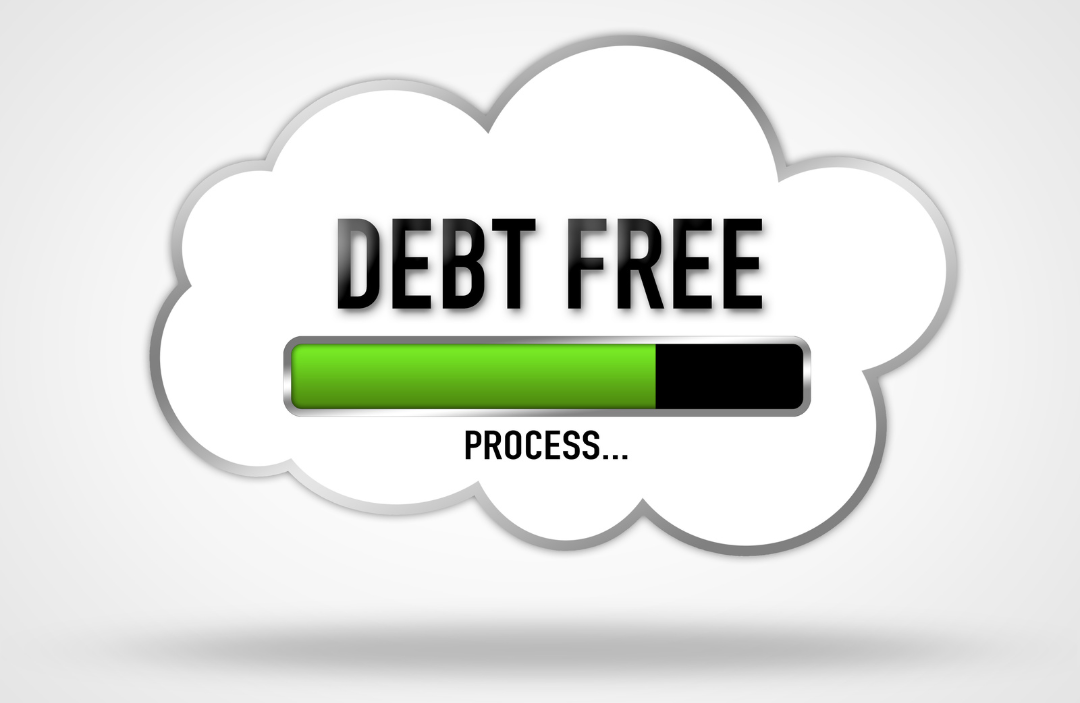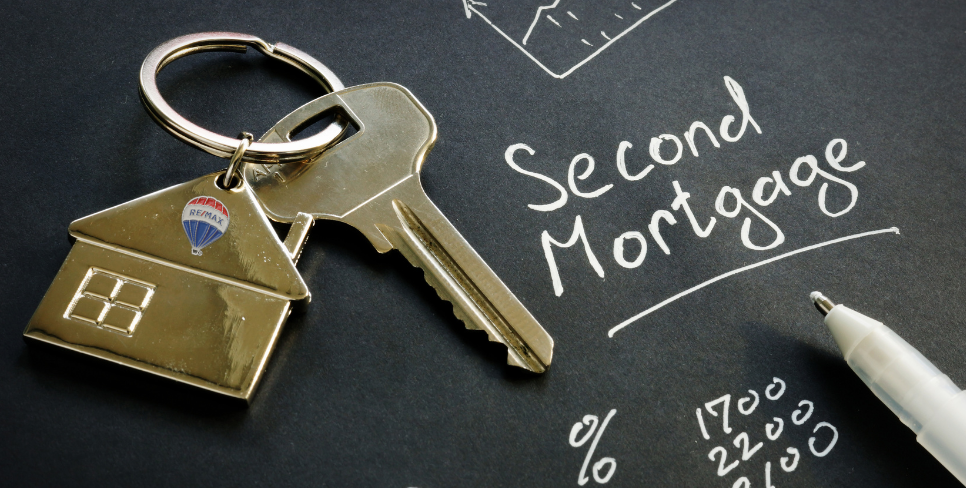In the ever-evolving landscape of real estate and personal finance, Canadians are discovering innovative ways to leverage the equity in their homes. One such financial tool that is witnessing a resurgence among homeowners is the second mortgage. With property values soaring across the country, homeowners find themselves sitting on substantial untapped equity in their residences. This article explores what a second mortgage is and the myriad ways it can be employed to consolidate debt, finance home improvements, or even fund an investment property.

Understanding the Basics
A second mortgage, also known as a home equity loan or a home equity line of credit (HELOC), is a loan taken out against the equity you have in your home. The equity is the difference between the current market value of your home and the outstanding balance on your primary mortgage. Unlike the primary mortgage, which is used to purchase the home, a second mortgage allows homeowners to access this accumulated equity for various financial needs.
Types of Second Mortgages
There are two primary types of second mortgages:
a. Home Equity Loan: A home equity loan provides a lump sum of money upfront, which is paid back in fixed monthly installments. Interest rates for home equity loans are generally fixed, offering predictability for homeowners.
b. Home Equity Line of Credit (HELOC): A HELOC is a revolving line of credit that homeowners can draw from as needed, similar to a credit card. Interest is only paid on the amount borrowed, and the credit line can be reused once repaid.

Benefits of a Second Mortgage
The resurgence of second mortgages can be attributed to several advantages they offer:
a. Debt Consolidation: Homeowners can use a second mortgage to consolidate high-interest debts such as credit card bills, personal loans, or auto loans. By consolidating debts into a second mortgage, homeowners can often secure a lower interest rate and simplify their monthly payments.
b. Home Improvements: Investing in your home through renovations and improvements can significantly increase its value. A second mortgage is an excellent way to fund these projects without depleting your savings.
c. Investment Opportunities: Some homeowners opt for a second mortgage to finance an investment property or venture. The income generated from the investment property can potentially offset the costs of the second mortgage, making it a profitable endeavor.
d. Emergency Expenses: Life is unpredictable, and unexpected expenses can arise. A second mortgage can serve as a financial safety net, providing access to funds in times of need.
e. Tax Benefits: In Canada, the interest paid on a second mortgage is tax-deductible if the borrowed funds are used for income-generating purposes, such as an investment property. This can result in significant tax savings.

The Application Process
Obtaining a second mortgage involves a thorough application process. Lenders will assess your creditworthiness, your home's current market value, and the amount of equity you have in your property. They will also consider your existing financial obligations and income. The application process for a second mortgage typically involves the following steps:
a. Prequalification: Start by researching potential lenders and getting prequalified to understand the loan amount you may be eligible for.
b. Application: Complete a formal application, providing all required documentation, including proof of income, credit history, and a home appraisal.
c. Underwriting: The lender will review your application and supporting documents. They will also assess your creditworthiness and the risk associated with the loan.
d. Approval: If your application is approved, you will receive a commitment letter outlining the terms and conditions of the second mortgage.
e. Closing: The final step involves signing the loan documents and receiving the funds. You can now begin using the funds for your intended purpose.

Risks and Considerations
While a second mortgage can be a valuable financial tool, it's essential to be aware of the associated risks and considerations:
a. Increased Debt: Taking on a second mortgage means you'll have two mortgages to repay. Failing to make payments on either mortgage could lead to foreclosure.
b. Higher Interest Rates: Interest rates on second mortgages are typically higher than those on primary mortgages due to the increased risk for lenders. Carefully consider whether the benefits outweigh the higher interest costs.
c. Home Equity Reduction: Borrowing against your home's equity reduces the asset's value. It's essential to evaluate whether you're comfortable with this reduction and whether the benefits of the second mortgage justify it.
d. Repayment Terms: Second mortgages often have shorter repayment terms, which may result in higher monthly payments. Ensure that the repayment schedule aligns with your financial capabilities.

In a climate of rising property values, Canadian homeowners have a unique opportunity to unlock the untapped equity in their homes through a second mortgage. Whether you're looking to consolidate debts, invest in home improvements, or fund an income-generating venture, a second mortgage can provide the financial flexibility you need. However, it's crucial to carefully assess the risks and benefits, and consult with a financial advisor or mortgage professional to make informed decisions that align with your financial goals. The resurgence of second mortgages underscores their potential as a valuable financial tool in today's real estate landscape.
Posted by Infinity Admin on

Leave A Comment